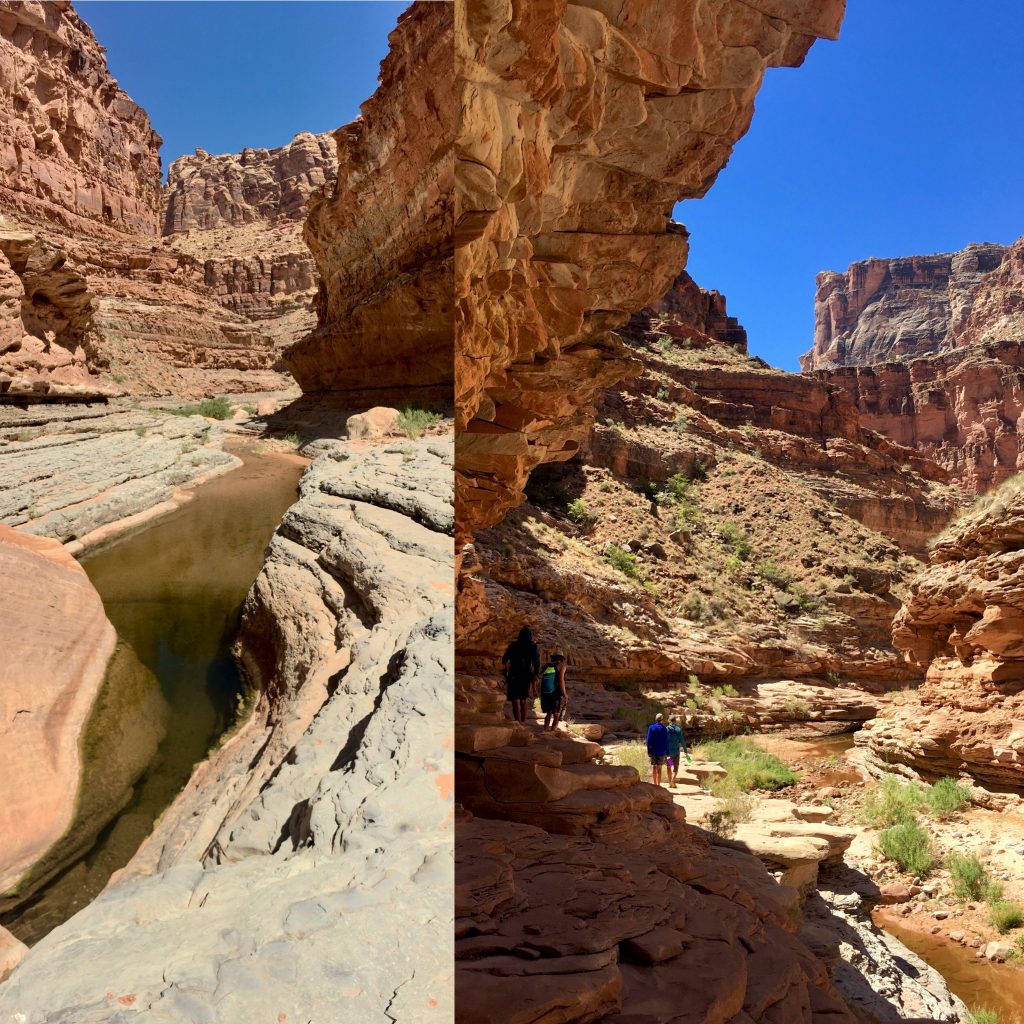If the well is distant, its water does not quench the thirst of the pilgrim – Chinese Proverb
Your health is being flexible, and your flexibility is not about how your stretch……it’s about how you descend to harness fluidity in your tissues and your mind. Just like in the desert, or in the mountains, the well-spring of nourishment is always found in the hollows of the earth – the canyon, the mountain, the well.

How do you harness your fluidity? You learn to descend within the body. My teacher, Shandor Remete, from the beginning, guided us to cultivate the ability to descend our energy by the proper use of how you move your body. So much of life triggers us to ascend upward – for example:
- The overuse of the eyes and the brain.
- A surprising and often frightening sensation of pain
- Being “ready” for what’s expected or ahead of you
- Holding yourself upright to maintain a “good” posture
- elevate your mind for clear thoughts.
This is in contrast to the actual nourishing element of water that keeps us flexible, mobile, and agile. The higher you live, the more distant the access to the balancing mechanism that promotes dynamic fluidity. Water travels down the mountain, down the canyon, and eventually to the ocean. The physiological processes are related to natural phenomena – as in the natural wild world, so inside the wilderness of your body.
Dripping water can eat through a stone – Chinese Proverb
The “region” of the body that relates to the downward force to access the elemental nature of water, consists of approximately 70% of your total body. It represents – the back body – from the tuft of the skull to the heels; and the front body – from the navel to the front of the ankle. The gross body part, anatomical, that relates to the water element is the feet. The ankles are referred to as “the regulators of all fluids in the body” (wisdom given to me by both my Hatha Yoga teacher, Shandor Remete; and my Manual Therapy teacher, Frank Lowen).
What practices can you “exercise” to harness your fluidity? Good question.
Avoid Stretching what you think is tight.
Shocked? Consider how long you have been stretching to feel flexible? Now consider how much strain and stress you are putting on those pinpoint focused areas you feel are tight, without the aide of harnessing your fluidity. Your:
- bottoms of your feet (plantar fascia)
- calves (gastrocs, soleus)
- thighs – front (quadriceps); back (hamstrings)
- low back (quadratus lumborum, back extensors, spine)
- hips – front (iliopsoas); back (glutes, piriformis)
- shoulders (rotator cuff)
- chest (pectoralis group)
- neck and skull (trapezius, suboccipitals)
Some of you even contract one muscle group to stretch the apposing. Or you contract the muscle group you want to stretch, then relax to stretch it (cuz you think it fatigues that you can pull it apart more). Well, I am here to say…….
That is a lot of energy consumed to get a short term result. Doesn’t last. In fact the moment you return to your life that engages your up-ness. POOF! gone….you are back to being tight and probably feel more stiff than before you stretched.
Stretching, in my clinical experience is unnecessary stress and strain without the essential ingredient of dynamic fluidity. It is like a rubber band that snaps back. Consider the material – a rubber band, a piece of taffy – what happens when it is dry, frayed, or cold? It usually doesn’t have the same pliability, and if you are using a rubber band, I am certain you ignored that one or threw it away; or if it was the only one you had to use (you don’t have another hamstring) you were cautious to not overstretch because it break, and snap. Ouch, that end that snapped to my finger was painful. Ouch, I just “tore” my hamstring stretching in yoga class. And more subtly, your body is sensing undo stress and strain with it’s signals of ouch, protects by tightening (kinda like how your protecting brace when you know something potentially harmful is coming, or experienced) and tries to brunt the brute force attack by trying to stretch.
Learn how to use your feet and your ankles. And learn how to descend through squatting.
Yes squatting. It’s not what you think. Did you mind go to the power lifter in the gym squatting 300 lbs.? Admit it, you hesitated if you have read this far. You squat every day, many times a day. How many times do you sit down, and get up from a chair? How many times do you sit down to toilet? How many times do you lower yourself to get something? My suggestion is to use your every day activities to give yourself the opportunity to feel, discover, learn and integrate what you feel, or how you are guided to descend, that delivers a life benefit of the skill of descending to find your flexibility.
I will be discussing more details on this important topic in the weeks and months to come. Stay tuned.
You can also discover personalized ways
with a Telehealth Discovery Session
